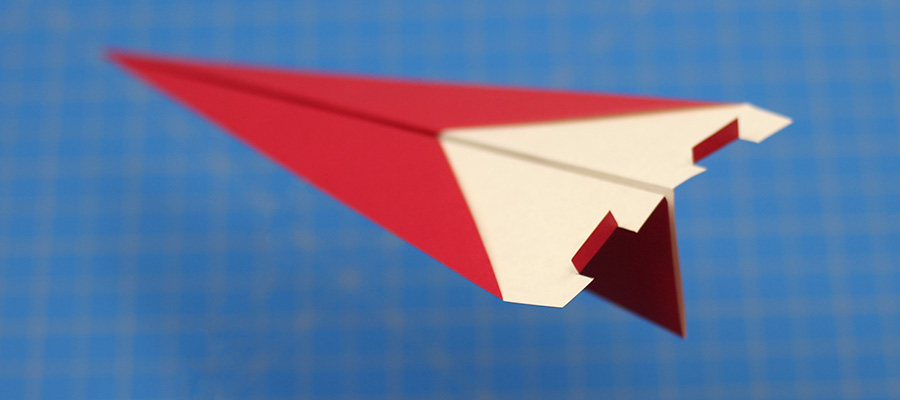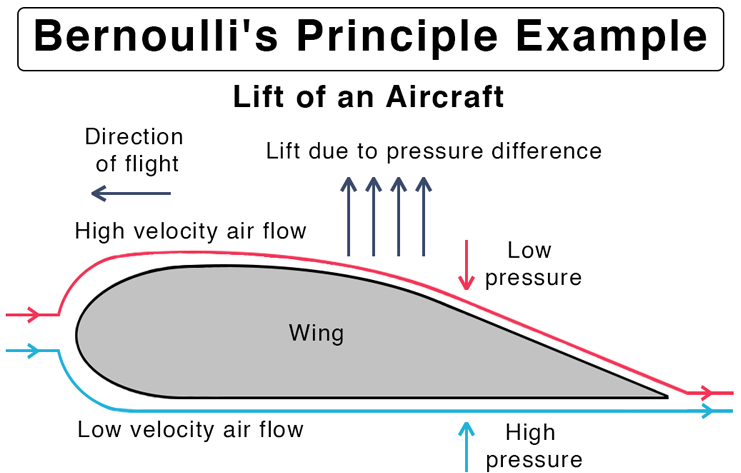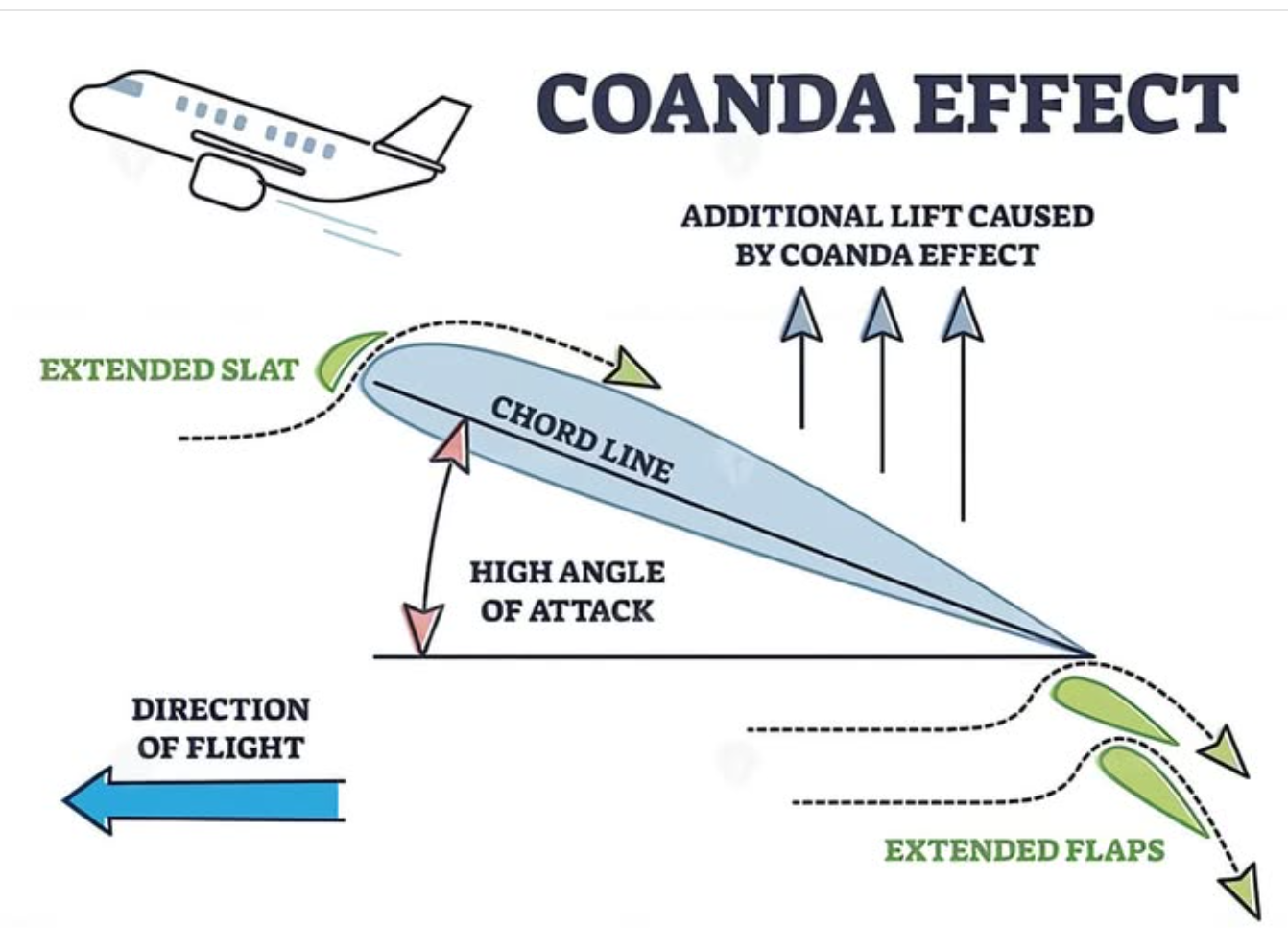Aerodynamics Explained by a World Record Paper Airplane Designer | Level Up | WIRED
Understanding Flight Principles
The Classic Dart
The classic dart airplane is undemanding to fold but requires precise folds for proper aerodynamics.
Key adjustments for better flight:
Positive Dihedral Angle: Angling wings upward for stability; this keeps the lifting surface over the weight center.

Up Elevator: Bending the tail of the wings upward assists in lifting the nose of the plane.

Drag, or air resistance, is a force that opposes the motion of a paper airplane, slowing it down and reducing its flight distance; a balance of aerodynamic forces is crucial.
Aerodynamic Forces
Four main aerodynamic forces affect flight:
Lift: Opposes gravity.
Gravity: Pulls objects toward the Earth.
Thrust: Pushes the object forward.
Drag: Sum of air resistance against the object; reduction of drag is essential for better performance.
Practical Applications on Aerodynamics
Drag and Lift
As the dart flies, its design causes significant drag and inadequate lift.
Bernoulli's principle is traditionally thought to explain lift, but the Coanda effect and Newton's laws reveal more accurate insights into airflow and lift generation.


The air moves around wings in a way that creates downward pressure, leading to upward lift.
Improving Design Strategies
The Phoenix Lock
Designed as a glider with larger wings and a forward center of gravity for greater lift.
Advantages include a better glide and higher aerodynamic efficiency compared to the dart.
Wing Loading: Refers to the ratio of the plane's weight to wing area. Lower wing loading allows slower flights, while higher loading requires faster speeds for lift.
Examples: Monarch butterflies (low wing loading) vs jet fighters (high wing loading).
The Super Canard
Features two sets of wings for better stability and stall resistance.
Structural design facilitates stronger thrust without sacrificing balance or performance.
Understanding and controlling stalling through aerodynamic design lead to safer flight characteristics.
The Tube Plane
A unique design without traditional wings, relying on spinning for lift using a boundary layer effect.
Boundary layers interact with air dynamics to allow flight without conventional wing structures.
Reynolds Number: Measures the flow characteristics around wings, helping to predict flow patterns and the effects of various speeds and sizes.
Conclusion: The Ultimate Design - Suzanne
Suzanne is a highly efficient airplane design, showcasing optimal lift-to-drag ratio for distance.
Key components include precise folding and a well-placed center of gravity.
Understanding empirical findings in fluid dynamics aids in addressing significant challenges in technology and sustainability.
Lessons learned from paper airplanes can lead to advancements in weather prediction, wind energy, and other technological efficiencies.